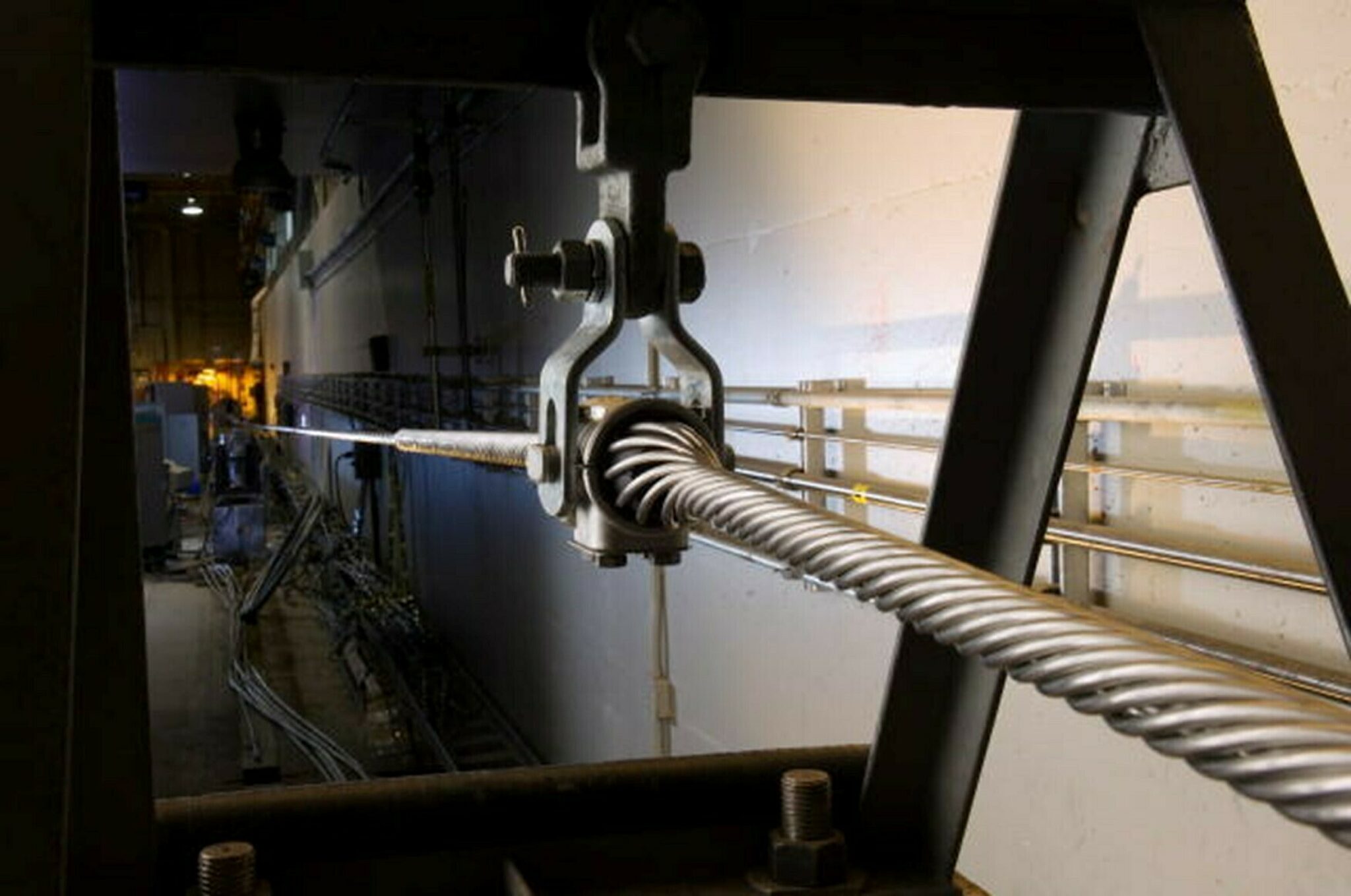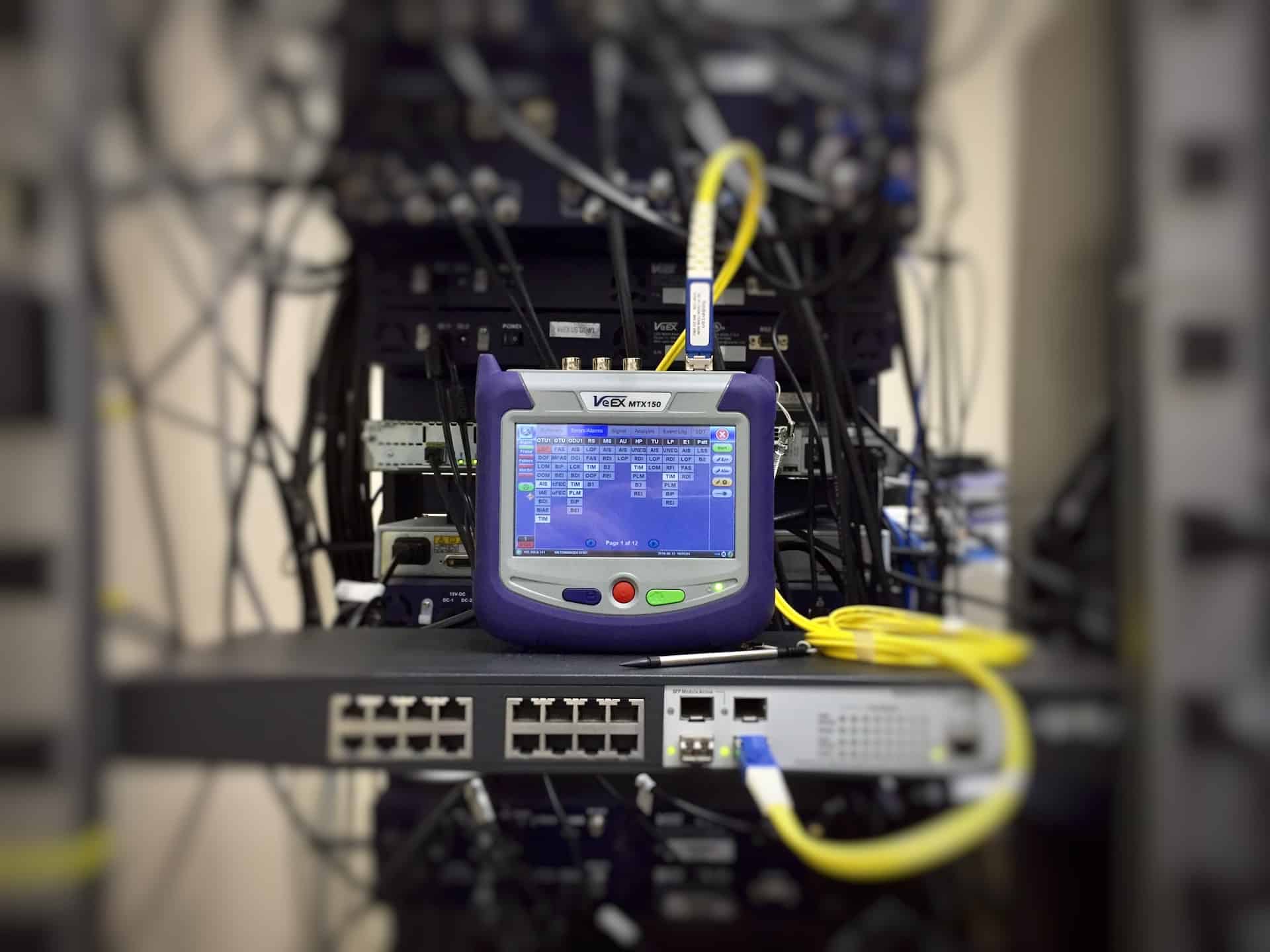The latest optical fibre testing equipment enhances troubleshooting and diagnostics in telecommunications.
The latest optical fibre testing equipment enhances troubleshooting and diagnostics in telecommunications.
Blog Article
Unveiling the Secret Use Optical Fibre Checking for Reliable Data Transmission
In the world of contemporary communication, optical fiber testing becomes a necessary method for optimizing information transmission. By employing approaches such as Optical Time Domain Reflectometry (OTDR) and insertion loss assessments, network drivers can properly identify and address problems that might compromise signal integrity. As the need for faster and a lot more reputable links continues to increase, the ramifications of these testing methods extend past prompt mistake detection, affecting lasting network performance. Understanding the diverse applications of optical fibre testing invites a much deeper expedition into its critical function in shaping the future of information communication.

Relevance of Optical Fiber Testing
The importance of optical fiber testing can not be overstated, as it works as a critical element in making sure the integrity and effectiveness of information transmission systems. In an era where high-speed interaction is vital, any deficiencies in fiber optics can lead to significant data loss and decreased performance. Therefore, strenuous testing procedures are vital to validate the honesty and efficiency of optical cables.
Checking enables the identification of problems such as micro-bends, macrobends, and splice losses that might impede signal top quality. In addition, it gives insights right into the general depletion and data transfer capacities of the fiber, making certain that the network satisfies specific functional standards. Regular screening not only enhances system performance however likewise lengthens the life-span of the facilities by determining potential concerns prior to they rise into pricey failings.

Kinds of Optical Fiber Tests
Various sorts of optical fiber examinations are performed to guarantee the performance and integrity of fiber optic networks. These examinations can be classified right into numerous essential types, each offering a certain objective in assessing the stability of the fiber.
First, Optical Time Domain Reflectometry (OTDR) is a noticeable test that recognizes mistakes, splices, and connectors within the fibre. By sending out pulses of light and examining the reflected signals, professionals can identify concerns along the fiber's length.
Second, insertion loss tests examine the quantity of signal loss when light go through adapters or splices, which is crucial for maintaining network effectiveness.
Third, return loss examinations determine the amount of light showed back in the direction of the source, supplying insights right into the top quality of links and potential sources of disturbance.
In addition, connection tests make certain that the fibre path is complete, allowing specialists to validate that the fiber is undamaged without any type of breaks. robotic vision.
Finally, visual mistake locators utilize visible light to determine breaks or extreme bends in the fiber, aiding in quick troubleshooting. Jointly, these examinations create a detailed method to maintaining optimum efficiency in fibre optic networks.

Applications in Network Upkeep
In contemporary telecoms, effective network upkeep depends heavily on optical fiber screening to identify and fix issues without delay. Routine screening guarantees that the network runs at optimum performance degrees, decreasing downtime and improving individual experience.
Among the primary applications of optical fibre screening in maintenance is the detection of faults, such as breaks, flexes, or improper links. Strategies like Optical Time Domain Reflectometry (OTDR) permit professionals to situate these problems properly and evaluate the high quality of the fiber link. Additionally, loss screening verifies the stability of the optical course, making sure that signal depletion stays within appropriate limits.
Routine upkeep testing also assists in safety nets, identifying possible problems before they escalate into substantial failures. This aggressive approach can additional info conserve companies both time and monetary resources. Throughout upgrades or expansions, optical fibre screening guarantees Continued that new installments integrate flawlessly with existing facilities.
Enhancing Information Transmission Integrity
Efficient network maintenance via optical fiber screening not just addresses instant concerns but also plays a considerable role in enhancing data transmission reliability. By recognizing faults, measuring signal loss, and assessing the general problem of fiber optic cables, screening makes sure that prospective issues are remedied prior to they intensify into considerable disruptions.
Normal optical fiber testing, such as time-domain reflectometry (TDR) and optical time-domain reflectometry (OTDR), permits professionals to identify the exact locations of breaks, flexes, or adapter issues within the network. This aggressive approach not just minimizes downtime but additionally enhances the performance of information transmission by making sure that the paths for signals are clear and functioning successfully.
In addition, testing aids in verifying adherence to market criteria and requirements, which is important for keeping the honesty of data flow. By guaranteeing that each connection meets called for thresholds for loss and quality, companies can bolster their confidence in the dependability of their data networks.
Inevitably, purchasing detailed optical fibre testing not only improves information transmission dependability however also sustains the long-term operational efficiency of interaction facilities.
Future Fads in Fiber Testing
Emerging technologies are poised to transform fibre screening, paving the way for boosted performance and precision in information transmission diagnostics (fibre testing equipment). As the need for faster net and greater data transfer continues to climb, the combination of advanced devices such as synthetic intelligence (AI) and artificial intelligence (ML) is set to change standard fibre testing methods. These modern technologies will certainly enable predictive upkeep and automated mistake discovery, significantly minimizing downtime and enhancing network integrity
Furthermore, the adoption of Web of Things (IoT) tools will promote real-time monitoring of fiber networks, permitting prompt check out this site identification of performance concerns. This change in the direction of proactive monitoring will certainly decrease disruptions and optimize information circulation.
Furthermore, technologies in optical time-domain reflectometry (OTDR) and brand-new screening requirements will enhance the precision of dimensions, making sure that information honesty is maintained throughout the transmission procedure. The development of 5G modern technology likewise requires the advancement of extra sophisticated fiber screening strategies to sustain its high-speed needs.
Final Thought
In verdict, optical fiber testing is necessary for keeping effective data transmission within communication networks. By utilizing various testing techniques, such as OTDR and insertion loss examinations, potential faults can be identified and rectified, consequently enhancing signal clearness and lessening downtime. Normal testing not just ensures conformity with industry requirements however likewise assists in aggressive maintenance, inevitably contributing to the long-lasting reliability and efficiency of fiber optic systems. The ongoing development of screening approaches will certainly better strengthen these abilities in the future.
Report this page